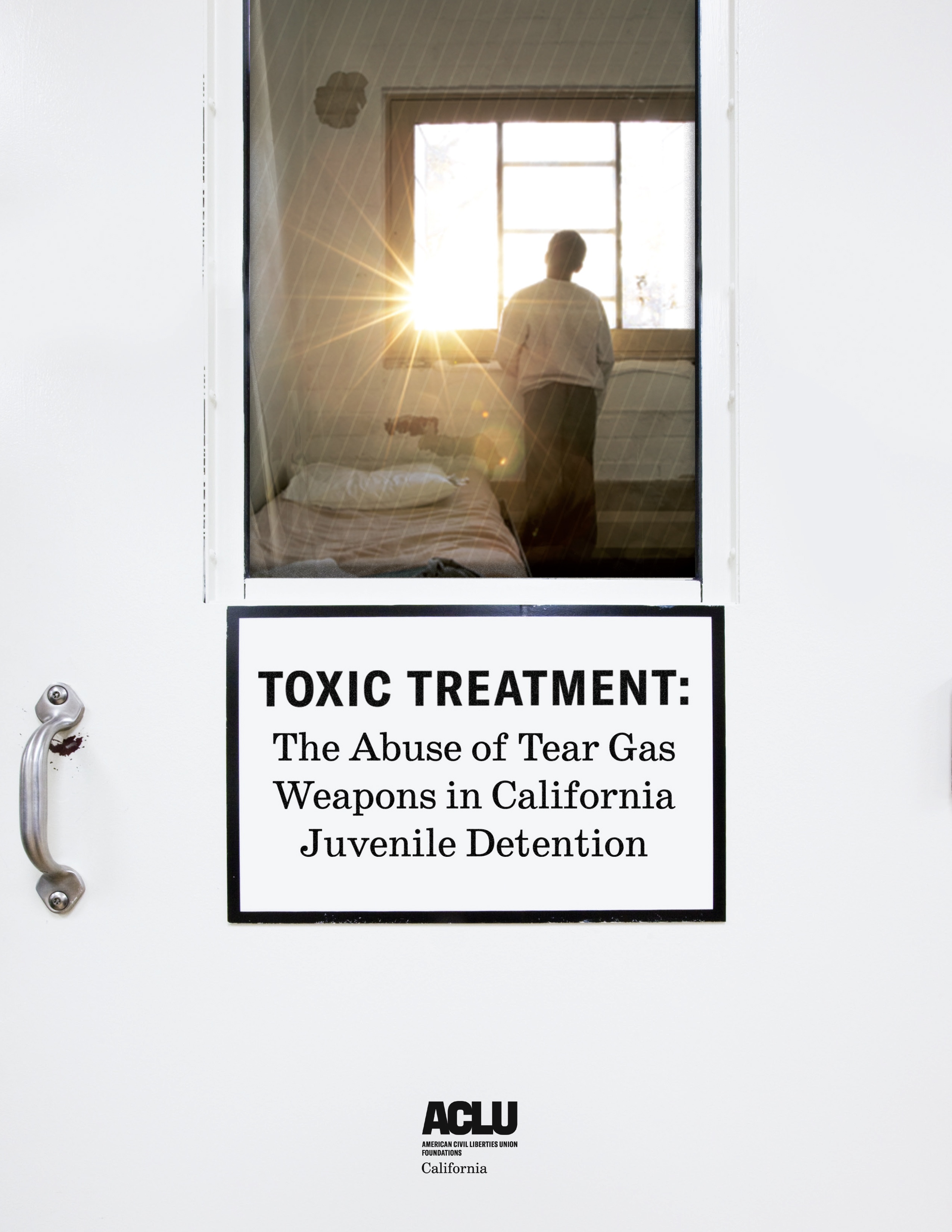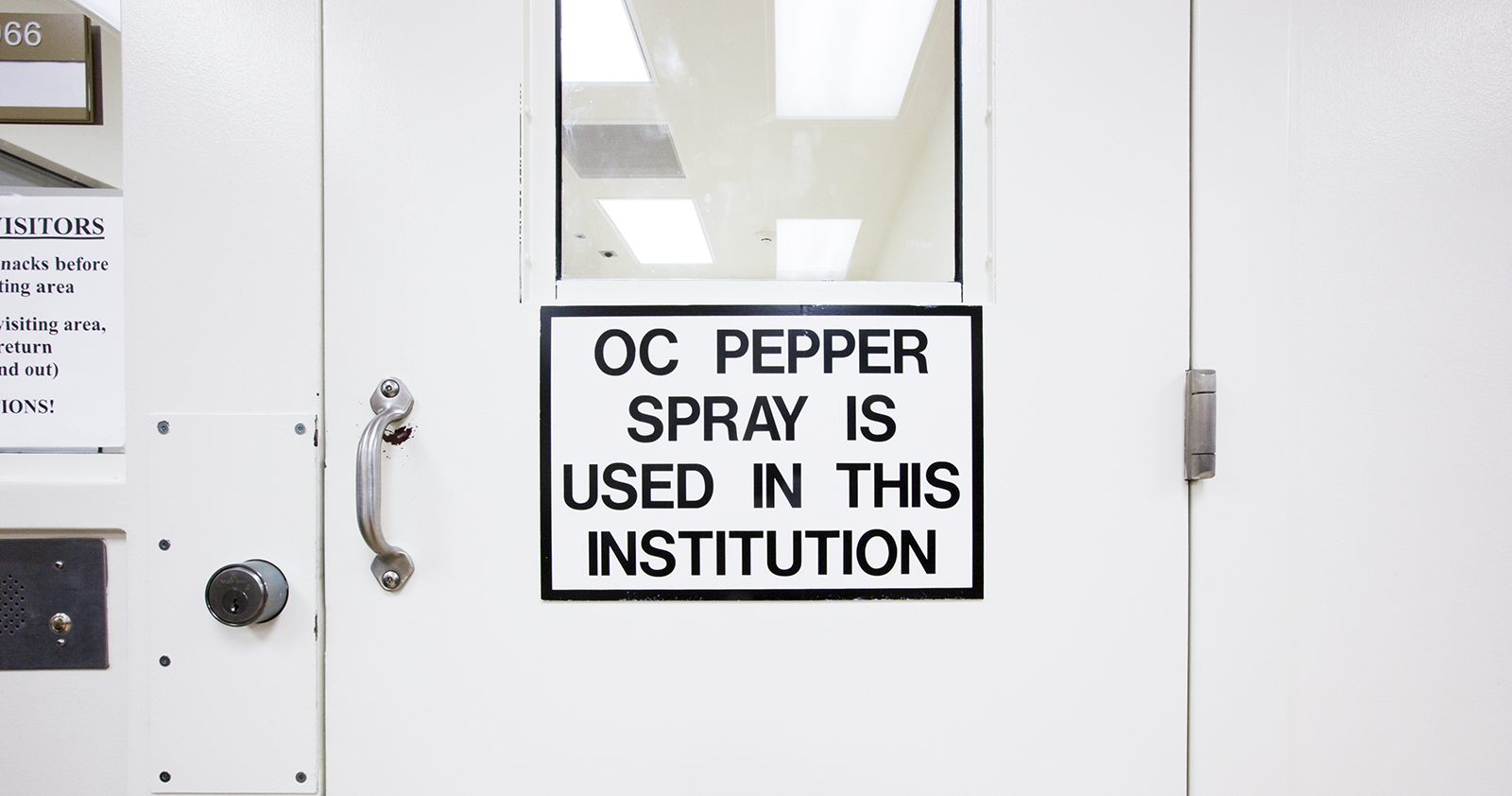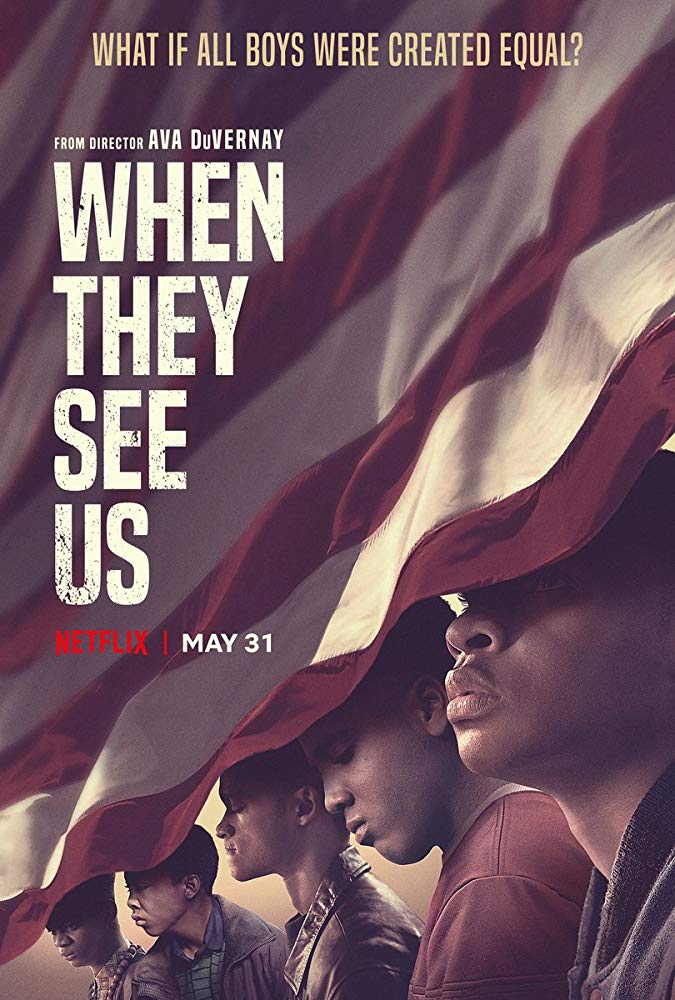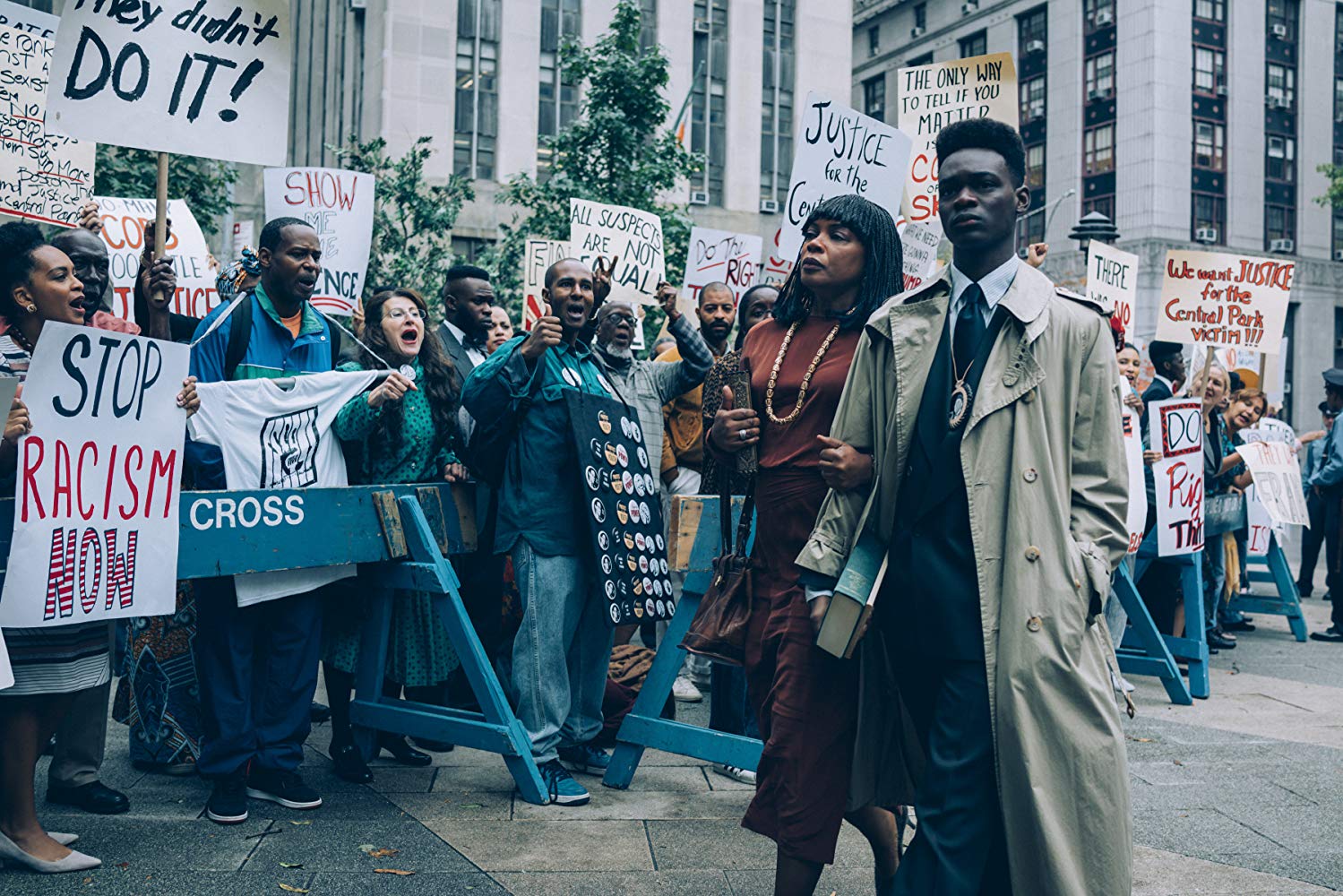Pepper spray, formally known as aerosolized oleoresin capsicum or "OC spray," is so toxic and dangerous that it is classified and regulated under state law as a form of tear gas. It can cause not only intense pain, but also blistering of the skin, respiratory arrest, and even an increased risk of strokes and heart attacks; its psychological and emotional impacts are uncertain.
And yet, it is alarmingly overused in California's juvenile detention facilities against youth as young as 12 and those in psychiatric crises.
This ACLU Foundations of California report, the result of reviewing 10,465 documents, is the first to detail the use of these toxic chemical agents in state and county juvenile detention facilities. It finds that state and county officials used toxic chemical agents more than 5,000 times between January 2015 and March 2018 against children and youth in juvenile facilities in 25 counties and in state facilities overseen by the Division of Juvenile Justice.
The number of incidents for that time period for the state would likely be much higher, but 18 additional counties that allow pepper spray to be used in juvenile detention facilities failed to provide data on how often it was utilized.
Banning the use of the spray in juvenile facilities is not a new idea — 35 states and seven of California's counties have already done it.
The Los Angeles County Probation Department — which oversees one of the largest juvenile justice agencies in the world — is likely to join them soon. It has released a plan to implement a Los Angeles County Board of Supervisors’ directive to ban the spray in its juvenile facilities by the end of the year.
It's time for the rest of California to follow suit. The report recommends:
- A legislative, complete ban on the use of all chemical agents — including but not limited to tear gas weapons such as OC spray — against youths in the juvenile justice system in California.
- If a statewide ban is not implemented immediately, counties and state agencies that continue to allow this form of use-of-force in juvenile facilities should be required to make information involving the chemical agents publicly available on their websites.
The ACLU of California furthermore calls for robust transparency on all uses of force in juvenile detention facilities.
» See the documents we obtained in response to our California Public Records Act requests.
» See the letters we've sent to 22 counties regarding their failures to comply with our PRA requests.
Date
Wednesday, May 22, 2019 - 9:30amFeatured image



